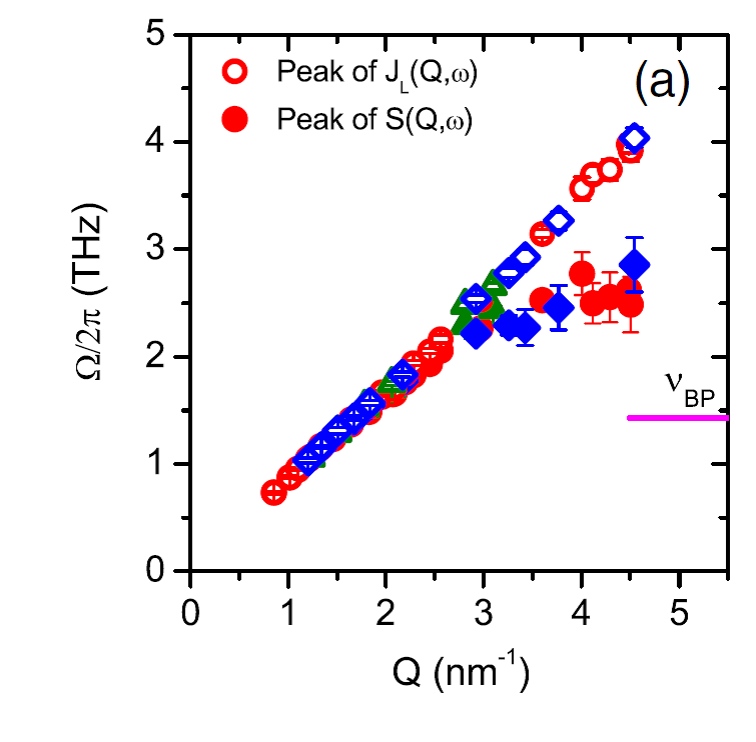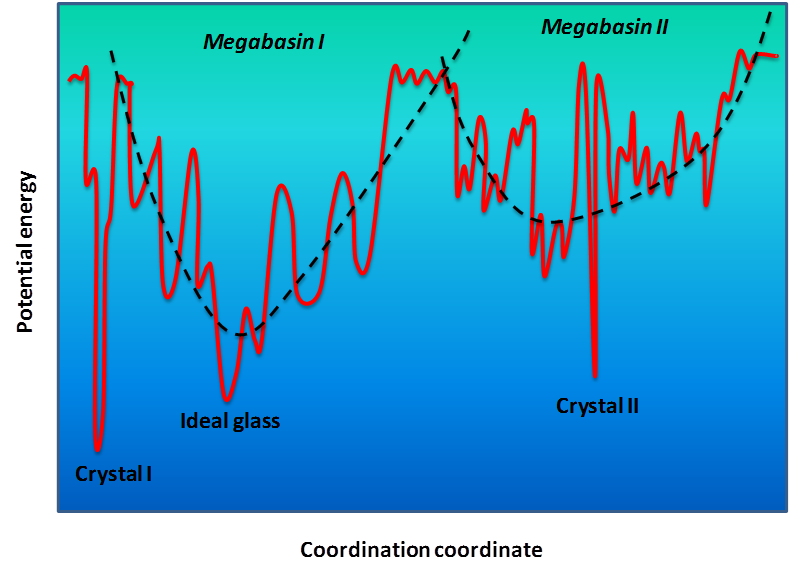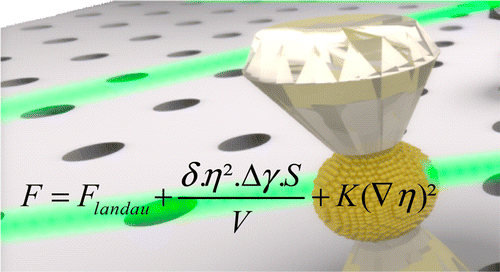News
|
|
||||||||||||||||||||||||||||||||||||||||
Amorphe states under pressureDenis Machon from Energy Team at ILM has puiblished in en collaboration with english and belgian colleages a review article amorphous states under pressure, in Progress in Material Science.
Understand and describe the structures and properties of amorphous states are fundamental issues in the physics of materials. Surprisingly obtain an amorphous is to compress a crystalline solid which, by its nature and pressure conditions, can undergo amorphization under pressure.This phenomenon, known since 1984, is seen in the major materials such as ice and quartz.Dans this review article , the authors provide an update on all the experimental , numerical and theoretical work achieved in the quest a model incorporating all the results on this phenomenon. They also propose to integrate the understanding of this amorphization in a more general context , linking it to phase transitions in liquids and poly- amorphism , transition between amorphous states. The use of thermodynamic tools such as energy landscapes also include pressure effects on protein denaturation ( egg white, for example) in a coherent and unified description. |
|
Thermodynamics of nanomaterials
Denis Machon, Lucas Piot, Dimitri Hapiuk and Patrice Mélinon (équipe Energie) have published with colleagues from Lyon, Dijon and Villetaneuse an article entitled Thermodynamics of Nanoparticles: Experimental Protocol Based on a Comprehensive Ginzburg-Landau Interpretation in Nano Letters.
Understanding the phase stability in nanomaterials is a fundamental challenge required the development of new applications based on nanotechnology. This innovative study provides a unified description of the thermodynamics and kinetics of phase transitions in nanomaterials. ZnO nanoparticles were studied under pressure. In collaboration with chemists colleagues, synthesis methods have been diversified to study the impact of these on the pressure polymorphism. The authors determined the relevant parameters and proposed a new model based on the Ginzburg-Landau theory of phase transitions to understand these observations. This led them to propose an experimental protocol for the scientific community to obtain reliable and reproducible data and identify new avenues to explore for novel properties.
|
|






















